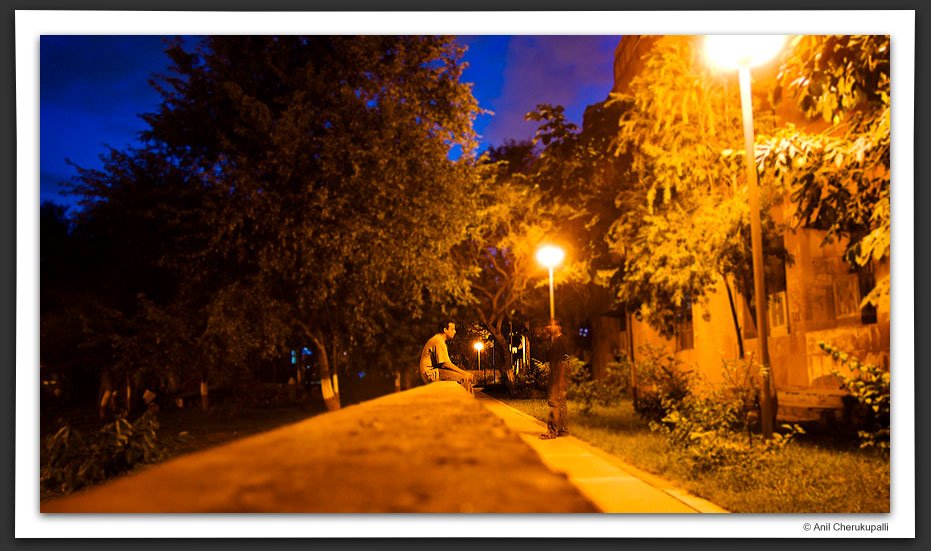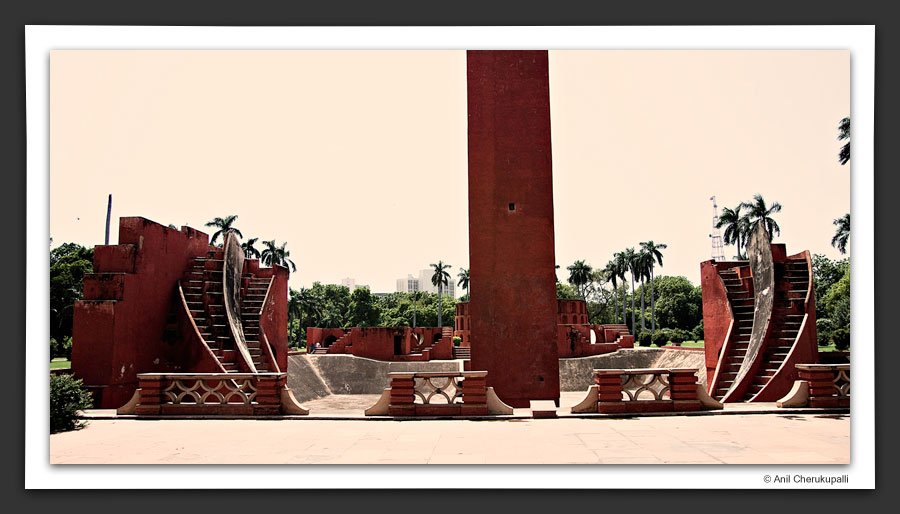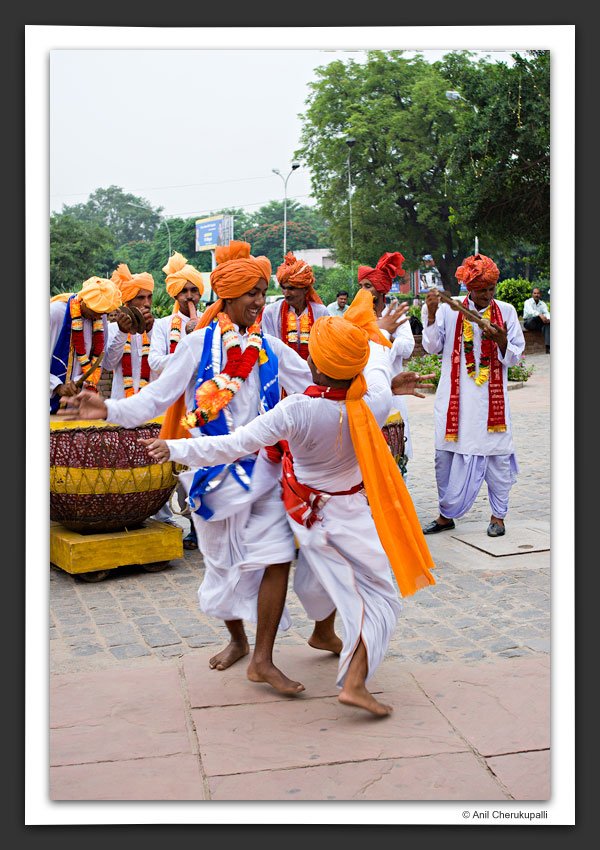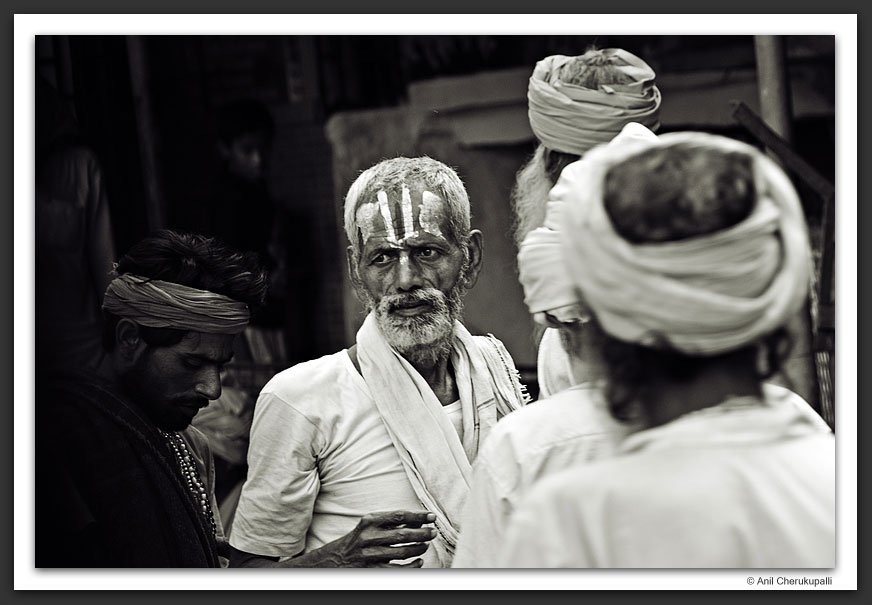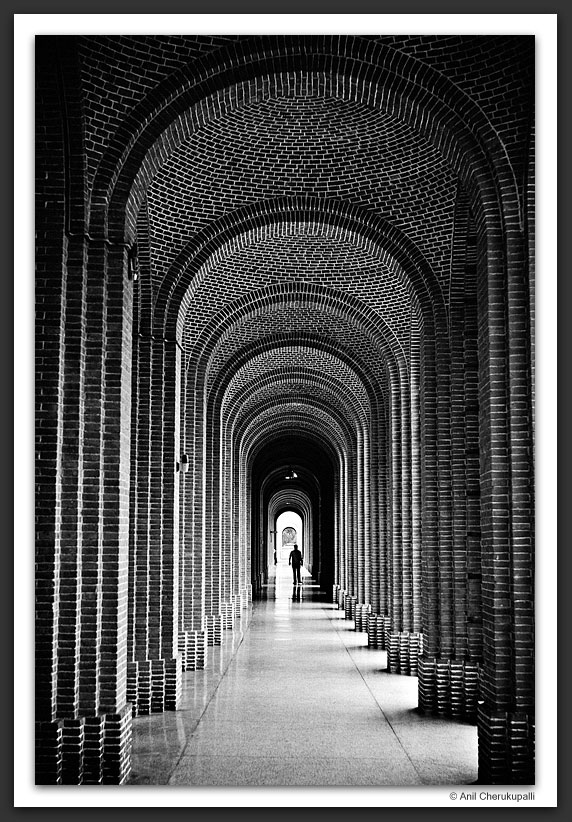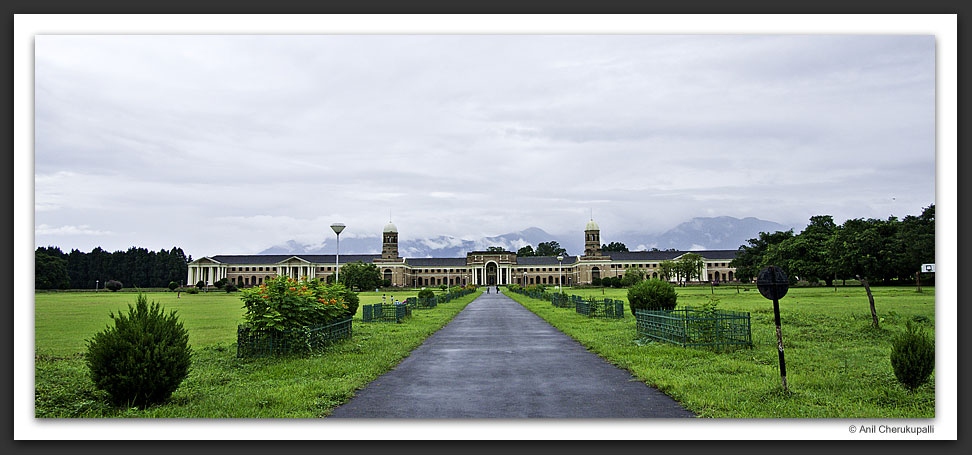
August 2008, Dehradun.
Upon reaching Dehradun on Independence Day, through my brother’s help (he is in the Indian army), we managed to find accommodation in the impressive Indian Military Academy (IMA) which is an elite military training college that trains officers for the Indian army as well as some officers from ‘friendly’ nations. IMA has been functioning since the days of the Raj and so still retains some traditions from that era. Eating in the Officer’s Mess is quite an experience with stuffed Ibis heads and Tiger skins staring back at you (in fact I had to puchase a set of formal clothes just for eating in the mess as entry into it is not possible while dressed casually).
Unfortunately, photography is not permitted on the IMA campus due to security reasons. But right next door to the IMA is the FRI (Forest Research Institute), another impressive building from the Raj era. As can be seen above it is a mix of a different architectural styles and the whole complex is nicely framed by the mountains behind it.
(To read this mini-travelogue in sequence from the beginning please go here.)
